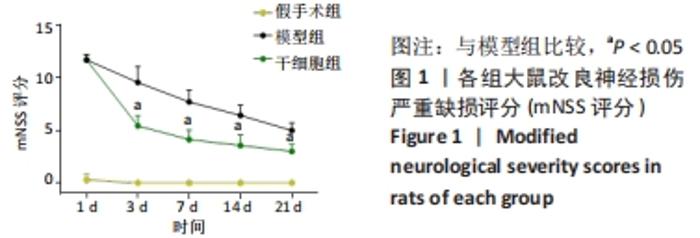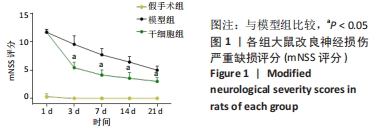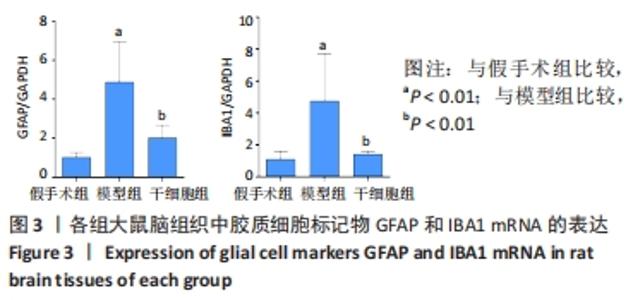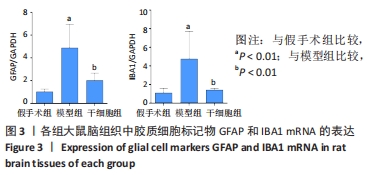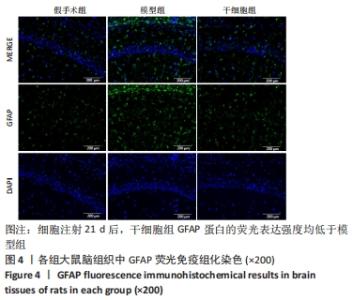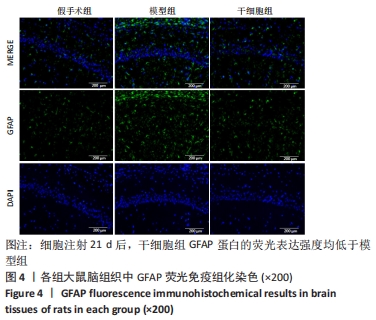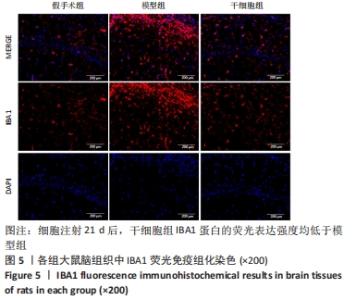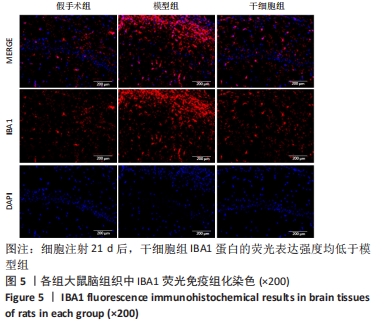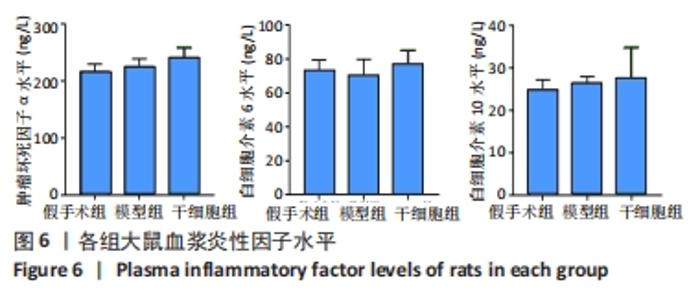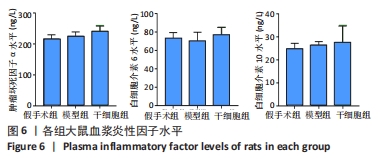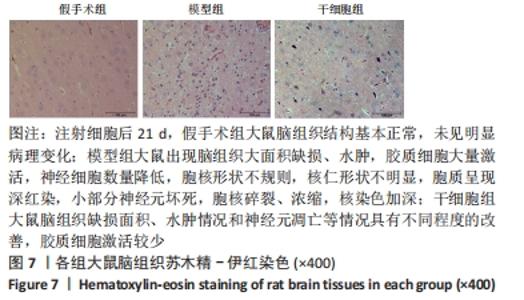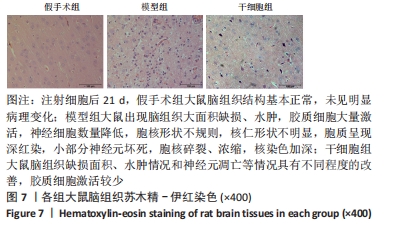[1] WANG KK, YANG Z, ZHU T, et al. An update on diagnostic and prognostic biomarkers for traumatic brain injury. Expert Rev Mol Diagn. 2018;18(2): 165-180.
[2] YAMAMOTO S, DEWITT DS, PROUGH DS. Impact & Blast Traumatic Brain Injury: Implications for Therapy. Molecules. 2018;23(2):245.
[3] LUCKE-WOLD BP, LOGSDON AF, NGUYEN L, et al. Supplements, nutrition, and alternative therapies for the treatment of traumatic brain injury. Nutr Neurosci. 2018;21(2):79-91.
[4] SIMON DW, MCGEACHY MJ, BAYIR H, et al. The far-reaching scope of neuroinflammation after traumatic brain injury. Nat Rev Neurol. 2017;13(3): 171-191.
[5] WESTON NM, SUN D. The Potential of Stem Cells in Treatment of Traumatic Brain Injury. Curr Neurol Neurosci Rep. 2018;18(1):1.
[6] LV FJ, TUAN RS, CHEUNG KM, et al. Concise review: the surface markers and identity of human mesenchymal stem cells. Stem Cells. 2014;32(6):1408-1419.
[7] GALIPEAU J, SENSÉBÉ L. Mesenchymal Stromal Cells: Clinical Challenges and Therapeutic Opportunities. Cell Stem Cell. 2018;22(6):824-833.
[8] SZYDLAK R. Mesenchymal stem cells’ homing and cardiac tissue repair. Acta Biochim Pol. 2019;66(4):483-489.
[9] DING DC, CHANG YH, SHYU WC, et al. Human umbilical cord mesenchymal stem cells: a new era for stem cell therapy. Cell Transplant. 2015;24(3):339-347.
[10] WANG G, WU HL, LIU YP, et al. Pre-clinical study of human umbilical cord mesenchymal stem cell transplantation for the treatment of traumatic brain injury: safety evaluation from immunogenic and oncogenic perspectives. Neural Regen Res. 2022;17(2):354-361.
[11] MUSHAHARY D, SPITTLER A, KASPER C, et al. Isolation, cultivation, and characterization of human mesenchymal stem cells. Cytometry A. 2018; 93(1):19-31.
[12] CHEN L, XIANG E, LI C, et al. Umbilical Cord-Derived Mesenchymal Stem Cells Ameliorate Nephrocyte Injury and Proteinuria in a Diabetic Nephropathy Rat Model. J Diabetes Res. 2020;2020:8035853.
[13] WATSON N, DIVERS R, KEDAR R, et al. Discarded Wharton jelly of the human umbilical cord: a viable source for mesenchymal stromal cells. Cytotherapy. 2015;17(1):18-24.
[14] CAO TT, CHEN H, PANG M, et al. Dose optimization of intrathecal administration of human umbilical cord mesenchymal stem cells for the treatment of subacute incomplete spinal cord injury. Neural Regen Res. 2022;17(8):1785-1794.
[15] MAUMUS M, PERS YM, RUIZ M, et al. Mesenchymal stem cells and regenerative medicine: future perspectives in osteoarthritis. Med Sci (Paris). 2018;34(12):1092-1099.
[16] SHEN J, CAO D, SUN JL. Ability of human umbilical cord mesenchymal stem cells to repair chemotherapy-induced premature ovarian failure. World J Stem Cells. 2020;12(4):277-287.
[17] KARVE IP, TAYLOR JM, CRACK PJ. The contribution of astrocytes and microglia to traumatic brain injury. Br J Pharmacol. 2016;173(4):692-702.
[18] YANG QQ, ZHOU JW. Neuroinflammation in the central nervous system: Symphony of glial cells. Glia. 2019;67(6):1017-1035.
[19] ALLEN NJ, LYONS DA. Glia as architects of central nervous system formation and function. Science. 2018;362(6411):181-185.
[20] SHINOZAKI Y, SHIBATA K, YOSHIDA K, et al. Transformation of Astrocytes to a Neuroprotective Phenotype by Microglia via P2Y1 Receptor Downregulation. Cell Rep. 2017;19(6):1151-1164.
[21] DONNELLY CR, ANDRIESSEN AS, CHEN G, et al. Central Nervous System Targets: Glial Cell Mechanisms in Chronic Pain. Neurotherapeutics. 2020; 17(3):846-860.
[22] WILTON DK, DISSING-OLESEN L, STEVENS B. Neuron-Glia Signaling in Synapse Elimination. Annu Rev Neurosci. 2019;42:107-127.
[23] DINET V, PETRY KG, BADAUT J. Brain-Immune Interactions and Neuroinflammation After Traumatic Brain Injury. Front Neurosci. 2019; 13:1178.
[24] KIM S, KIM YE, HONG S, et al. Reactive microglia and astrocytes in neonatal intraventricular hemorrhage model are blocked by mesenchymal stem cells. Glia. 2020;68(1):178-192.
[25] LI Z, SONG Y, HE T, et al. M2 microglial small extracellular vesicles reduce glial scar formation via the miR-124/STAT3 pathway after ischemic stroke in mice. Theranostics. 2021;11(3):1232-1248.
[26] CHEN KH, SHAO PL, LI YC, et al. Human Umbilical Cord-Derived Mesenchymal Stem Cell Therapy Effectively Protected the Brain Architecture and Neurological Function in Rat After Acute Traumatic Brain Injury. Cell Transplant. 2020;29:963689720929313.
|
